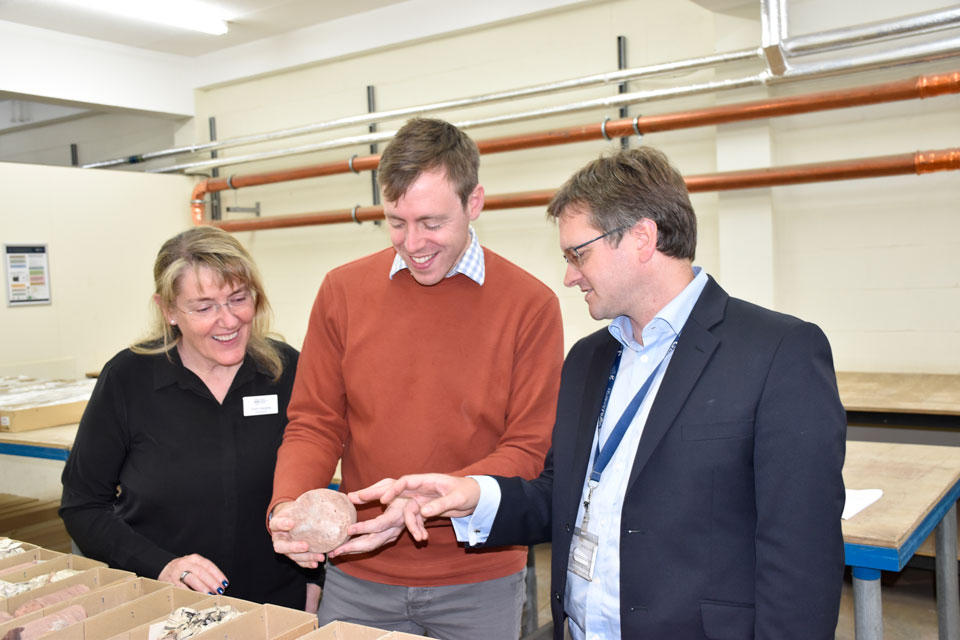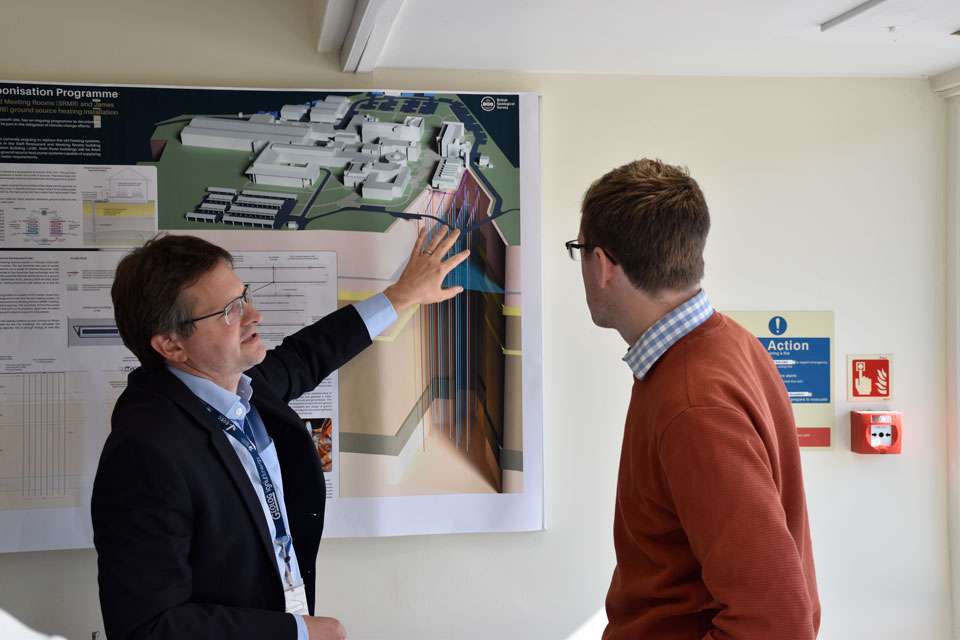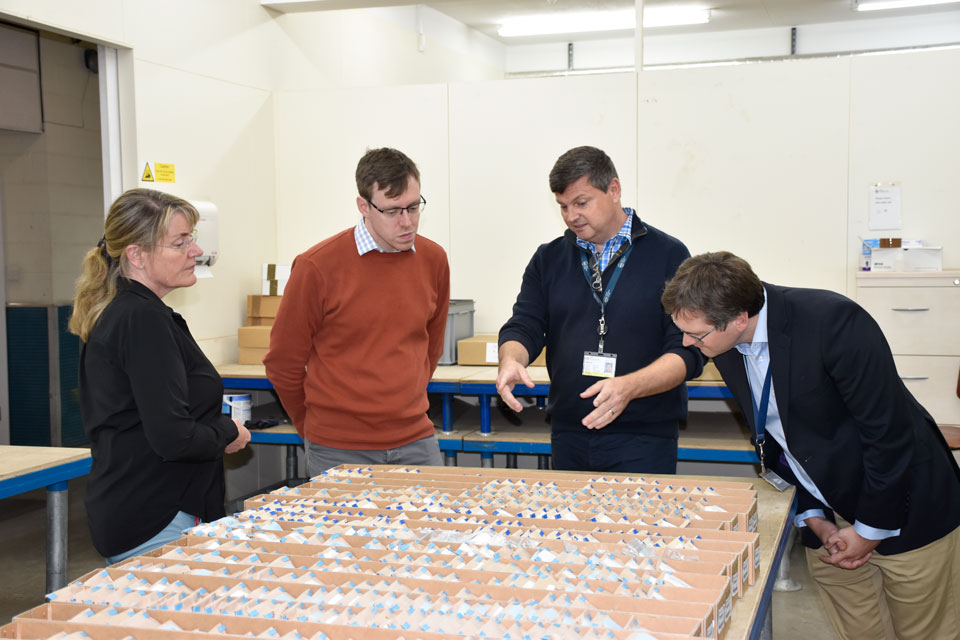Local MP checks in on development of new geothermal ‘living laboratory’ in Nottinghamshire
BGS has reached the halfway mark on its ambitious ground-source heat pump project at its headquarters in Keyworth, Nottinghamshire.
19/09/2024 By BGS Press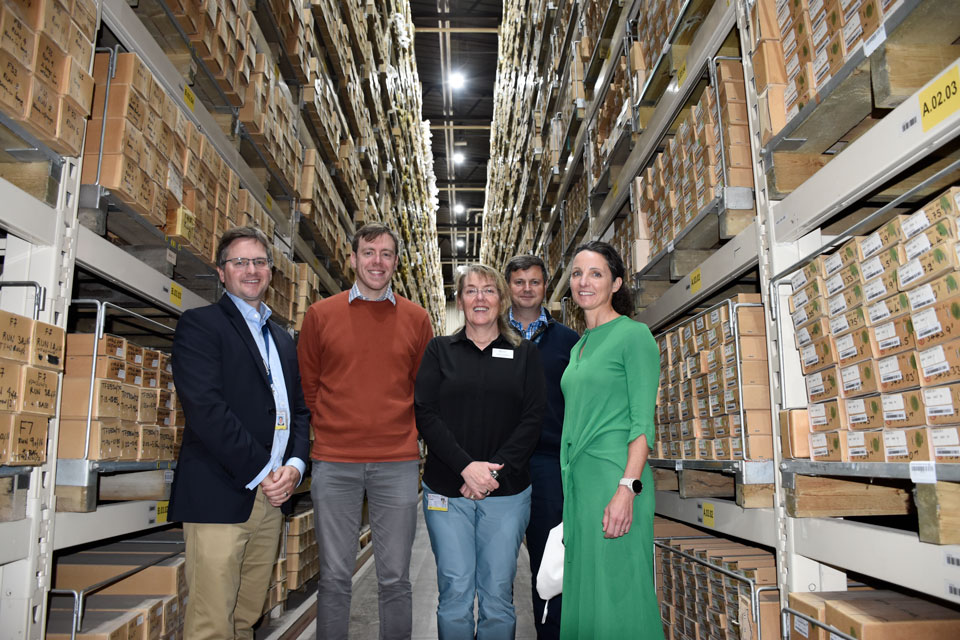
James Naish, MP for Rushcliffe, visited the British Geological Survey (BGS’s) headquarters in Keyworth, Nottinghamshire, on Monday 16 September 2024, to look at the ongoing installation work of BGS’s ground-source heat pump system. He was also given a tour of the National Geological Repository, the largest collection of geoscience samples from the UK. Work began on the £1.8 million, Government-funded heat decarbonisation project in February 2024. When finished, it will be the largest and most high-tech system of its kind in Rushcliffe, providing new scientific data to the public and will demonstrate how low-carbon heating technology can be applied to both new and existing public sector buildings.
It was great to visit the Keyworth site to hear about how BGS research is actively contributing to addressing pressing environmental challenges and to see what steps BGS is taking practically to reduce its own carbon footprint.
As someone who has worked in the energy industry, I passionately believe that the UK needs to embrace new technologies wherever possible so that we have a good, balanced energy mix, and I look forward to working with BGS over the coming years to promote its high-quality research and share its practical learnings from this innovative project.
James Naish, Member of Parliament for Rushcliffe.
Scanning of a 240 m-long rock core taken from the site has been undertaken using instruments developed for medical research, providing unique insights on the composition of the ground and the source of natural heat. The results are expected to be published soon, with the installation of the ground-source heat pump system involving 28 boreholes and five heat pumps, providing 360 kW of clean heating power, due to be completed by the end of 2024.
Once complete, the project will heat two large buildings and deliver a ‘living laboratory’. Equipped with state-of-the-art sensor technology in the boreholes and on the heat pump devices, it will provide data in real-time to help increase both industry and public understanding of ground-source heat pumps and show how they can be an effective solution for heating buildings in the UK.
It was a pleasure to welcome James Naish to BGS for the first time and show him around our headquarters in Nottinghamshire. In addition to a tour of the National Geological Repository, we were also able to provide an overview of our exciting new ground-source heat pump installation, which will not only help reduce our carbon footprint here on site but also provide invaluable geothermal data for the UK as a whole.
Karen Hanghøj, BGS Director.
The project is majority funded by the Natural Environmental Research Council (NERC) with a further contribution from the Government’s Public Sector Decarbonisation Scheme (PSDS). The scheme is run by the Department for Energy Security & Net Zero and is delivered by Salix Finance. The heat pump project is being delivered with partners Cenergist, Welltherm Drilling Ltd and Pick Everard.
Relative topics
Related news
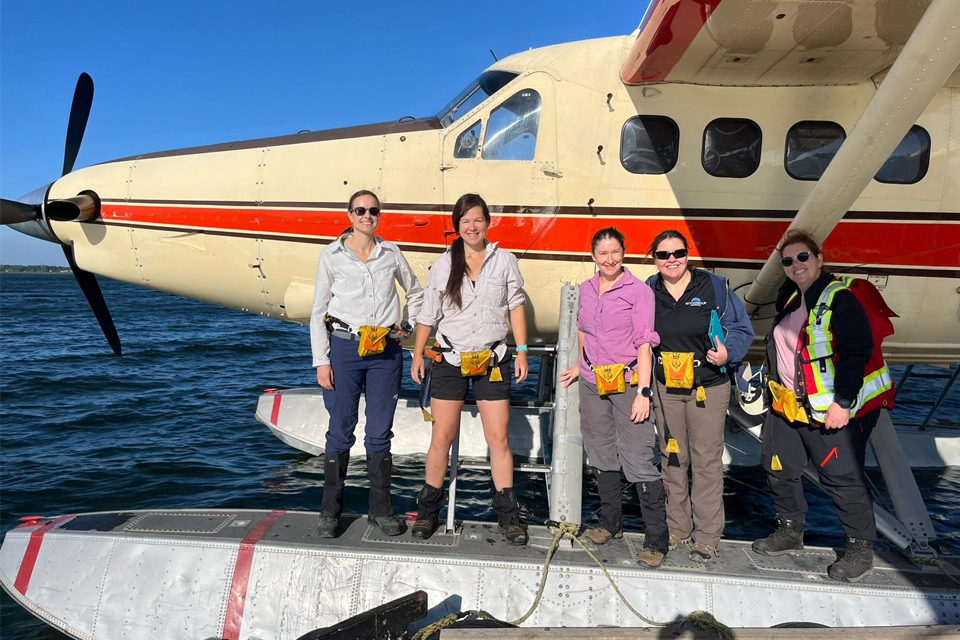
Funding awarded to UK/Canadian critical mineral research projects
08/07/2025
BGS is part of a groundbreaking science partnership aiming to improve critical minerals mining and supply chains.

Goldilocks zones: ‘geological super regions’ set to drive annual £40 billion investment in jobs and economic growth
10/06/2025
Eight UK regions identified as ‘just right’ in terms of geological conditions to drive the country’s net zero energy ambitions.
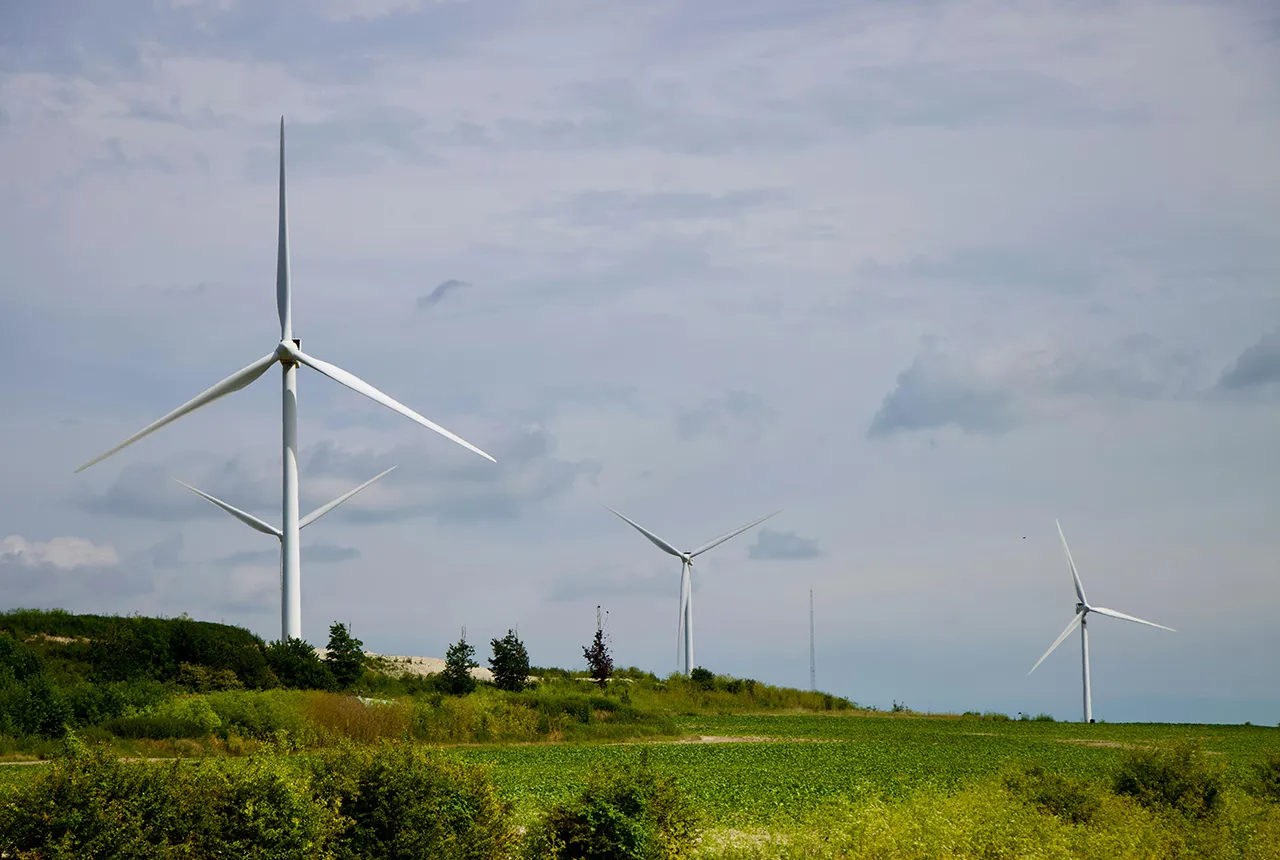
New interactive map viewer reveals growing capacity and rare earth element content of UK wind farms
16/05/2025
BGS’s new tool highlights the development of wind energy installations over time, along with their magnet and rare earth content.
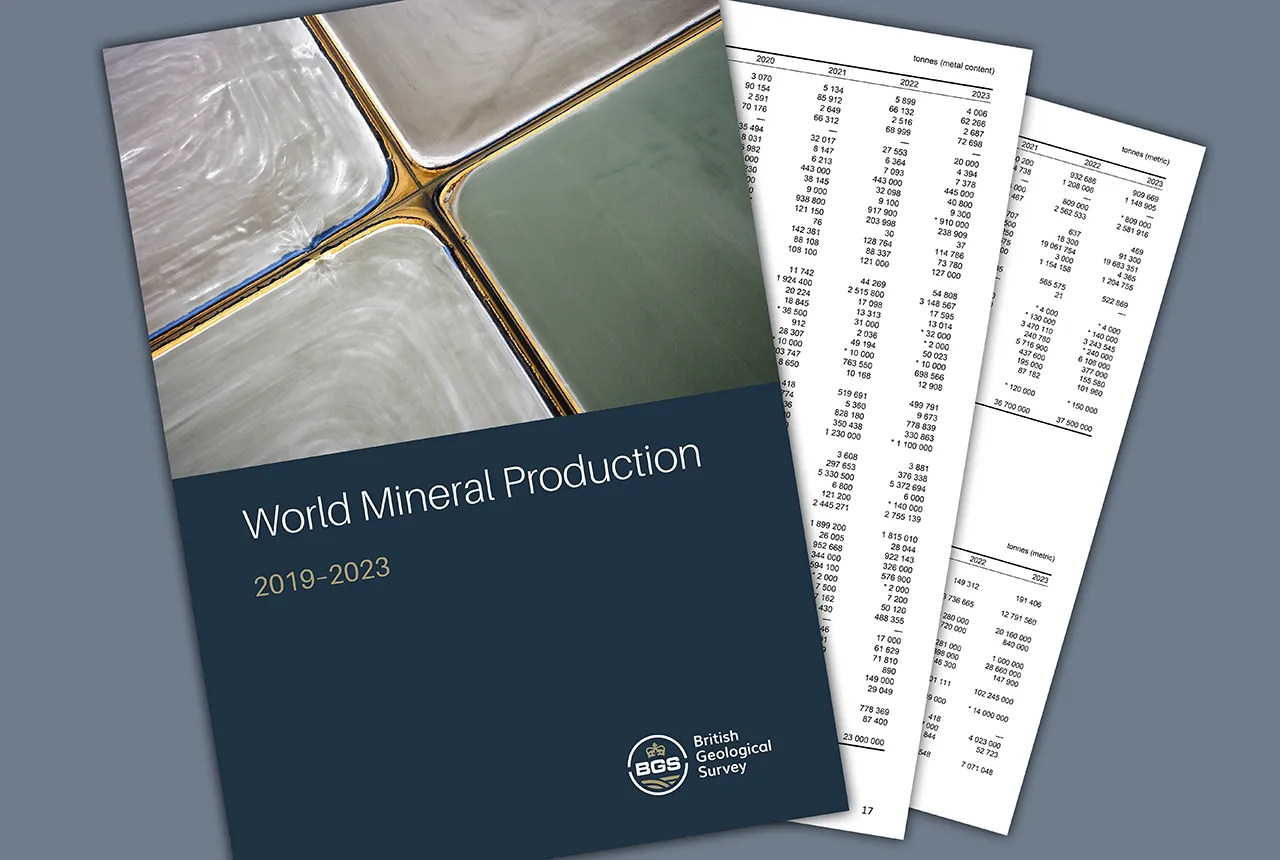
Latest mineral production statistics for 2019 to 2023 released
28/04/2025
More than 70 mineral commodities have been captured in the newly published volume of World Mineral Production.
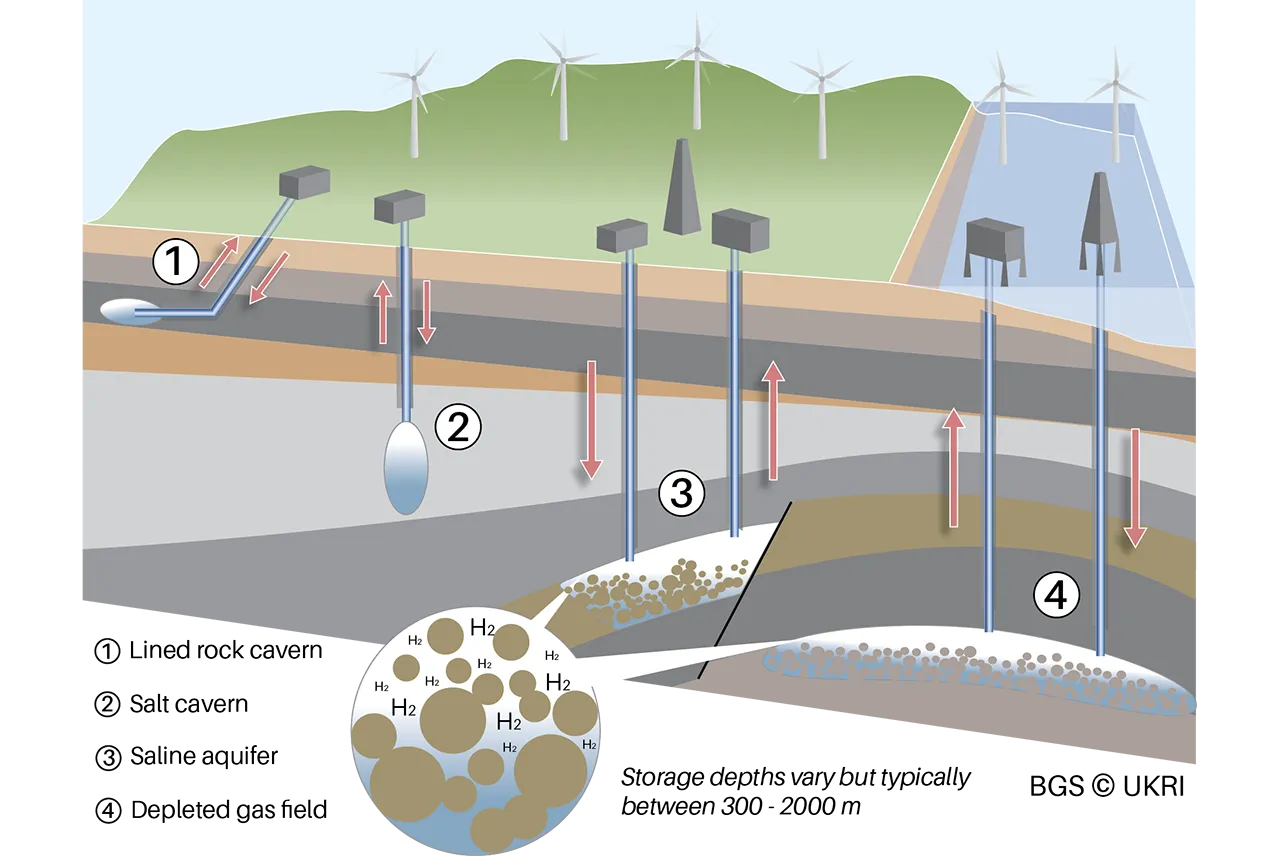
Making the case for underground hydrogen storage in the UK
03/04/2025
A new BGS science briefing note focuses on the potential of hydrogen storage to support the UK energy transition.
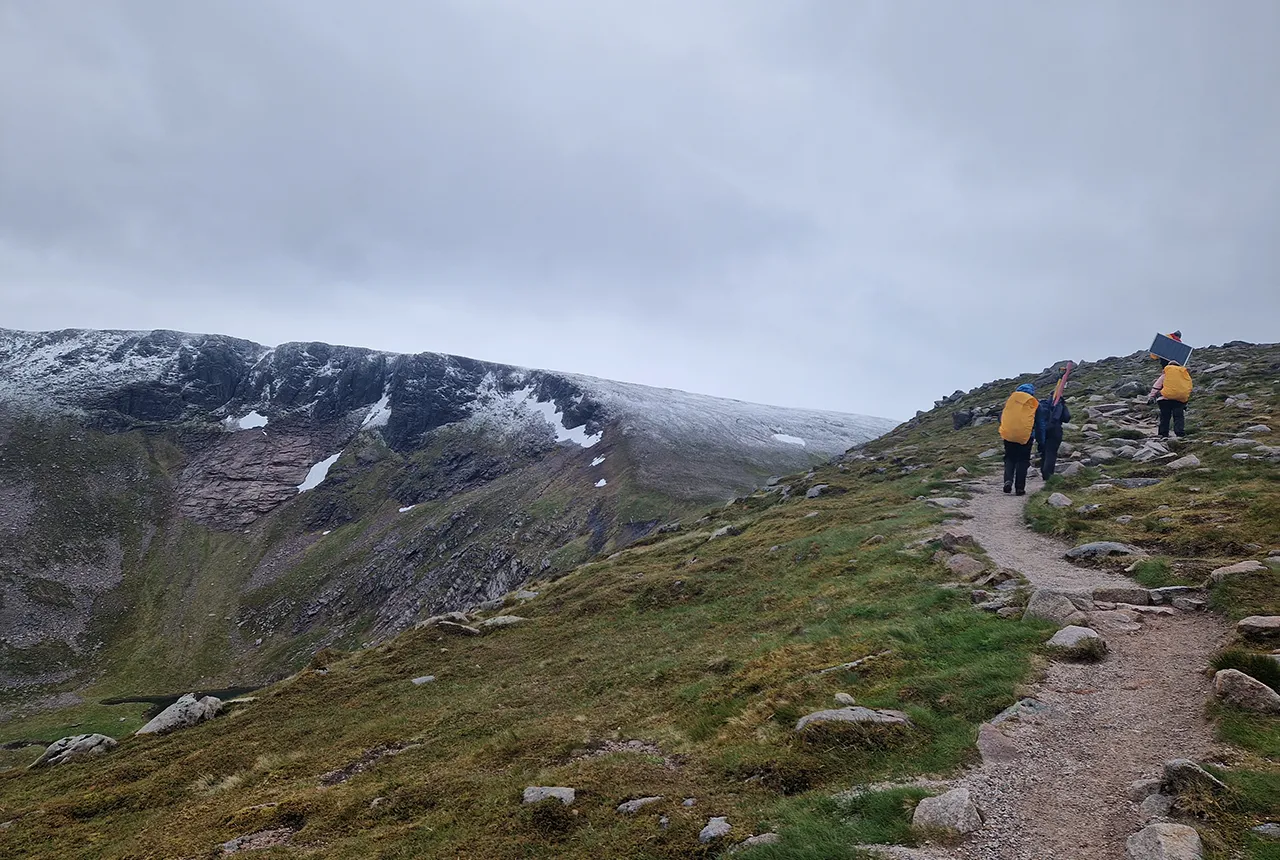
Exploring Scotland’s hidden energy potential with geology and geophysics: fieldwork in the Cairngorms
31/03/2025
BUFI student Innes Campbell discusses his research on Scotland’s radiothermal granites and how a fieldtrip with BGS helped further explore the subject.
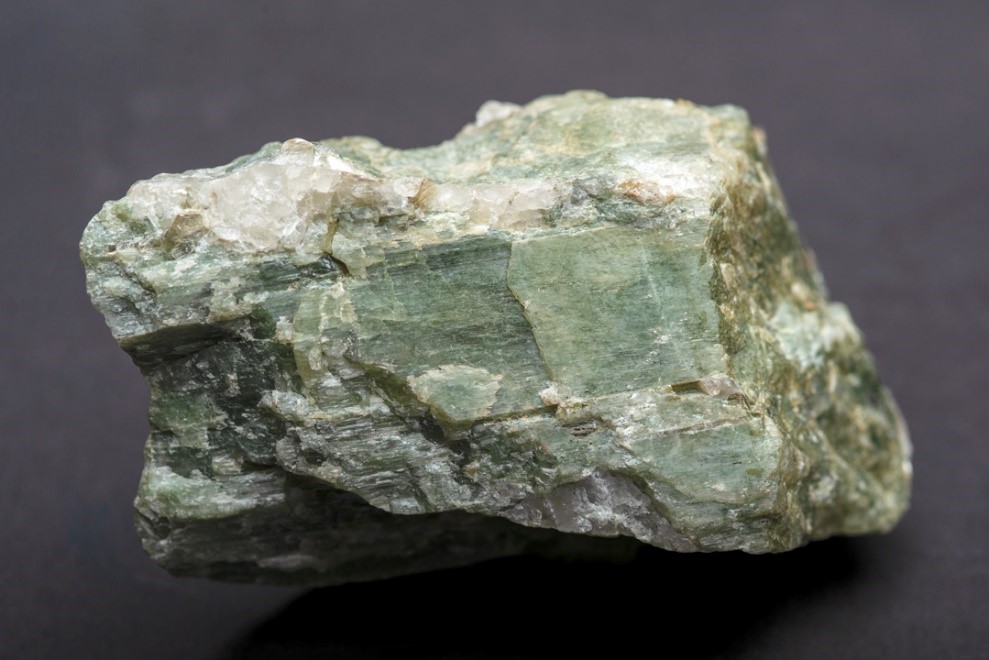
Future projections for mineral demand highlight vulnerabilities in UK supply chain
13/03/2025
New Government-commissioned studies reveal that the UK may require as much as 40 per cent of the global lithium supply to meet anticipated demand by 2030.
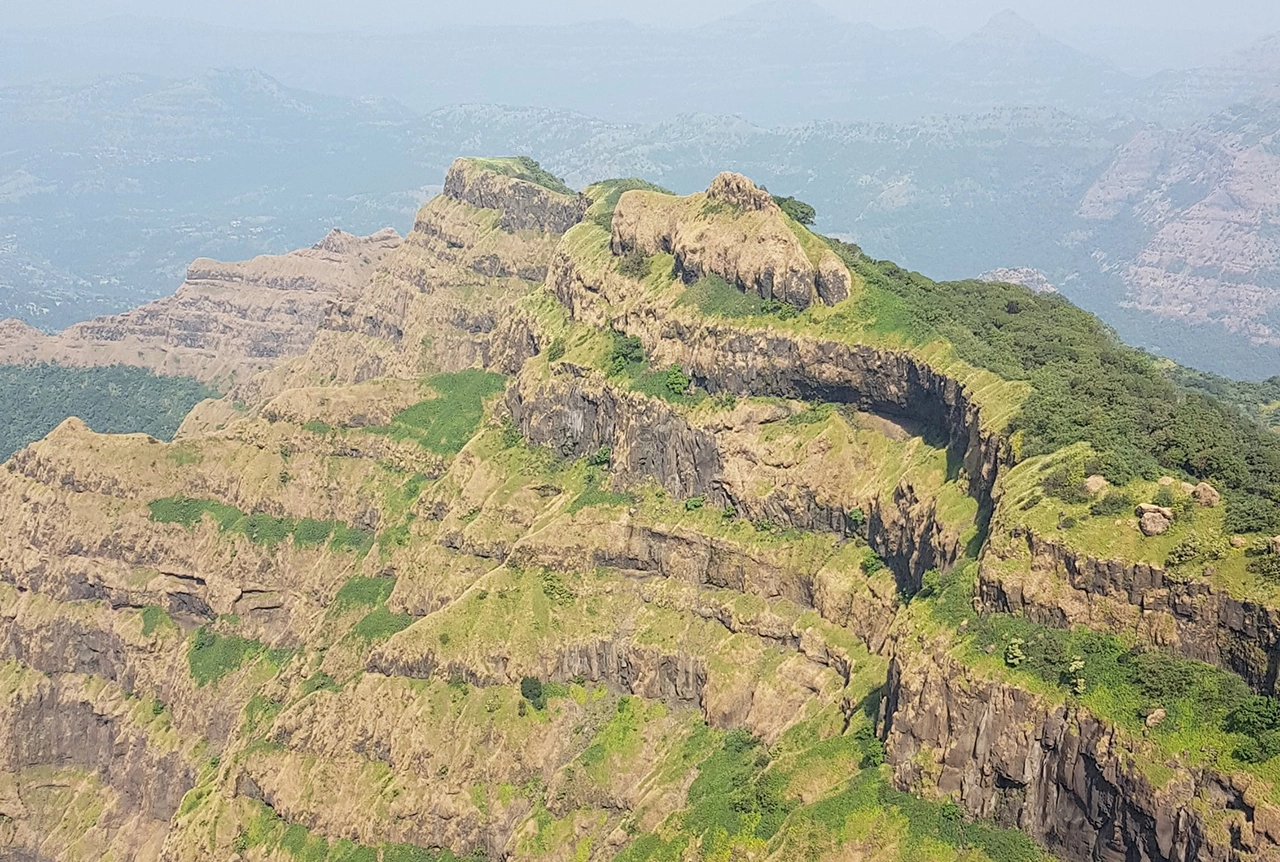
Could underground disposal of carbon dioxide help to reduce India’s emissions?
28/01/2025
BGS geologists have partnered with research institutes in India to explore the potential for carbon capture and storage, with an emphasis on storage.
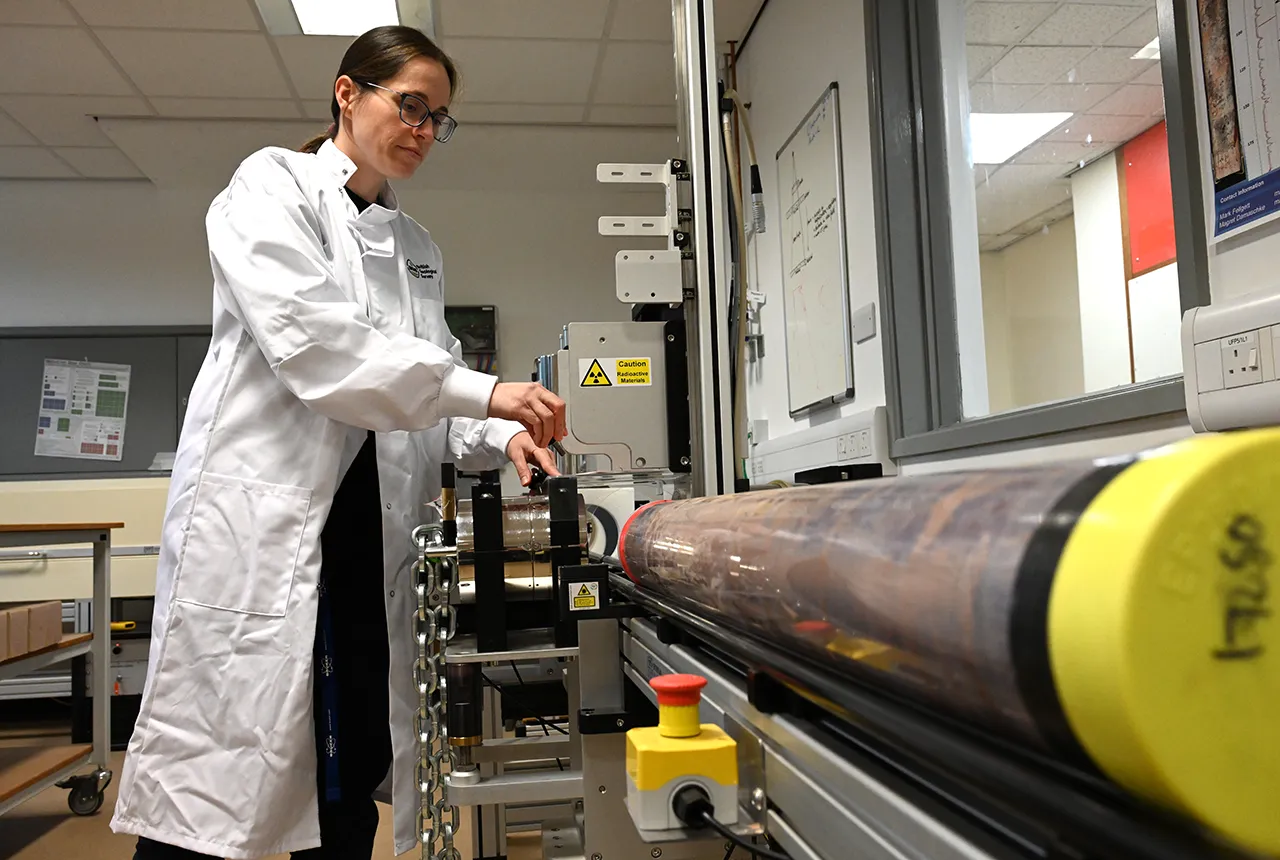
Prehistoric power: 250-million-year-old rocks could contain secrets to net zero future
05/12/2024
BGS has completed a comprehensive scan of Mercia Mudstone rocks that could hold geological secrets of the UK’s past and provide a boost for net zero.
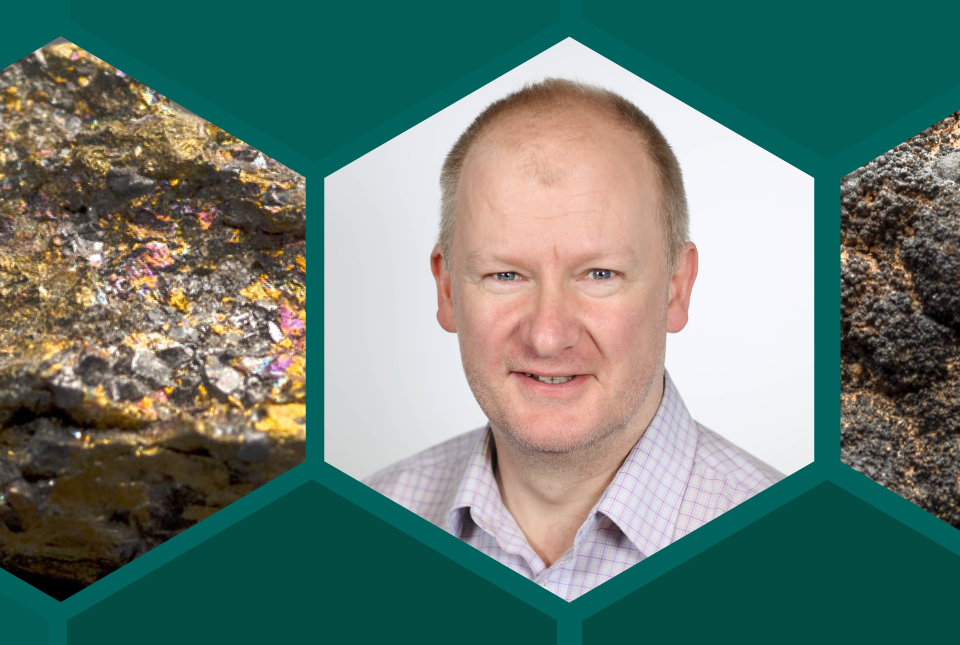
The challenge of assessing the UK economy’s dependence on mineral supply
28/11/2024
Critical, essential, or just plain important? Dr Gavin Mudd, director of the Critical Minerals Intelligence Centre, discusses the findings and new methodology featured in the 2024 UK Criticality Assessment.
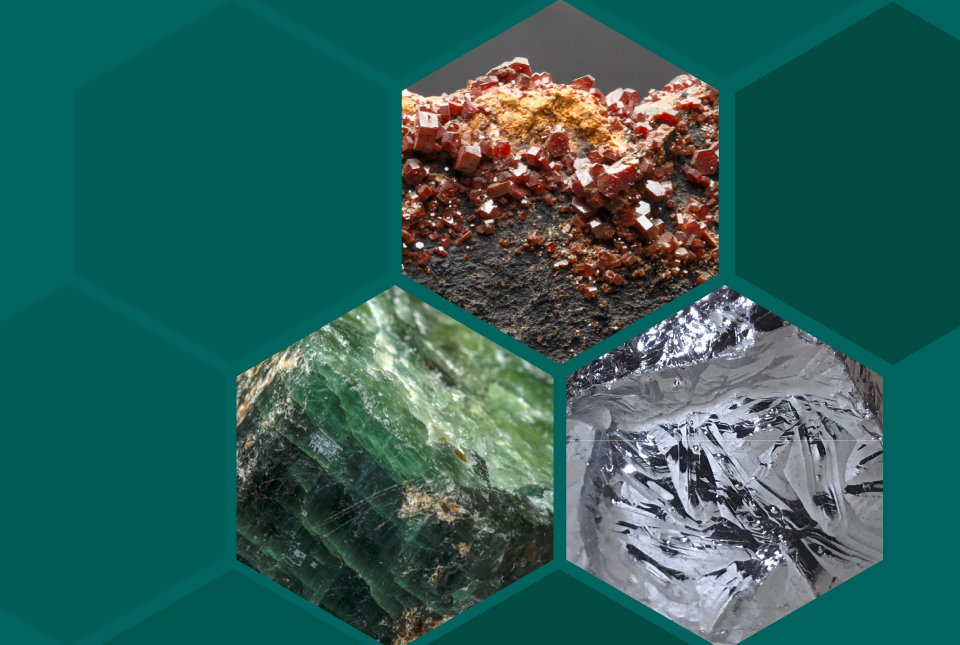
UK 2024 Criticality Assessment published
28/11/2024
The latest UK Criticality Assessment, produced by the UK Critical Minerals Intelligence Centre, shows that growing diversification brings an increasing vulnerability in terms of disruption to supply.
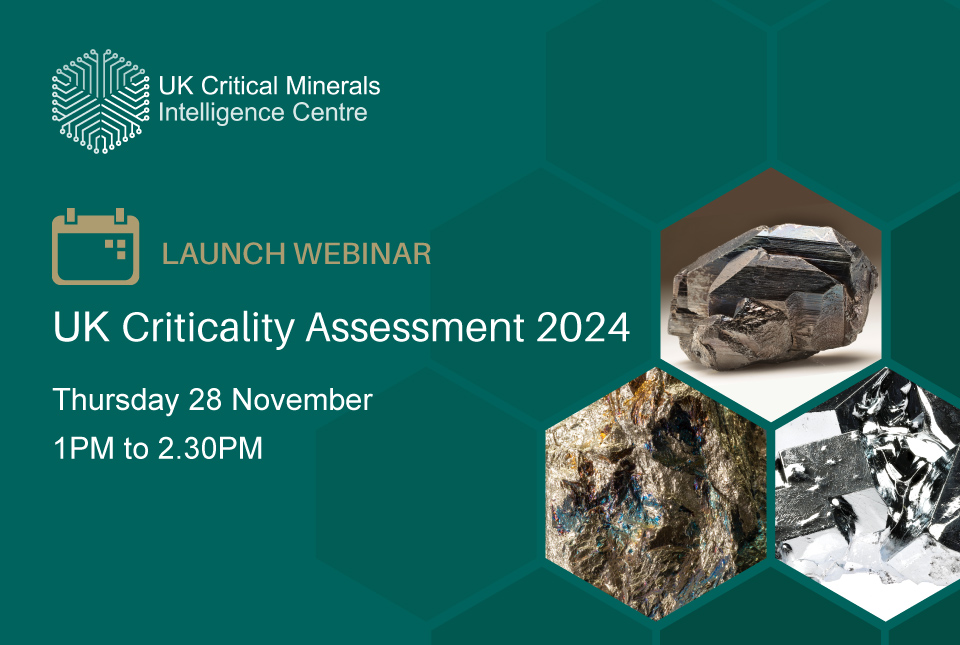
Criticality Assessment 2024 launch webinar
Event on 28/11/2024
A special live webinar with the team from the Critical Minerals Intelligence Centre to accompany the launch the latest UK Criticality Assessment. A recording is now available to watch online




